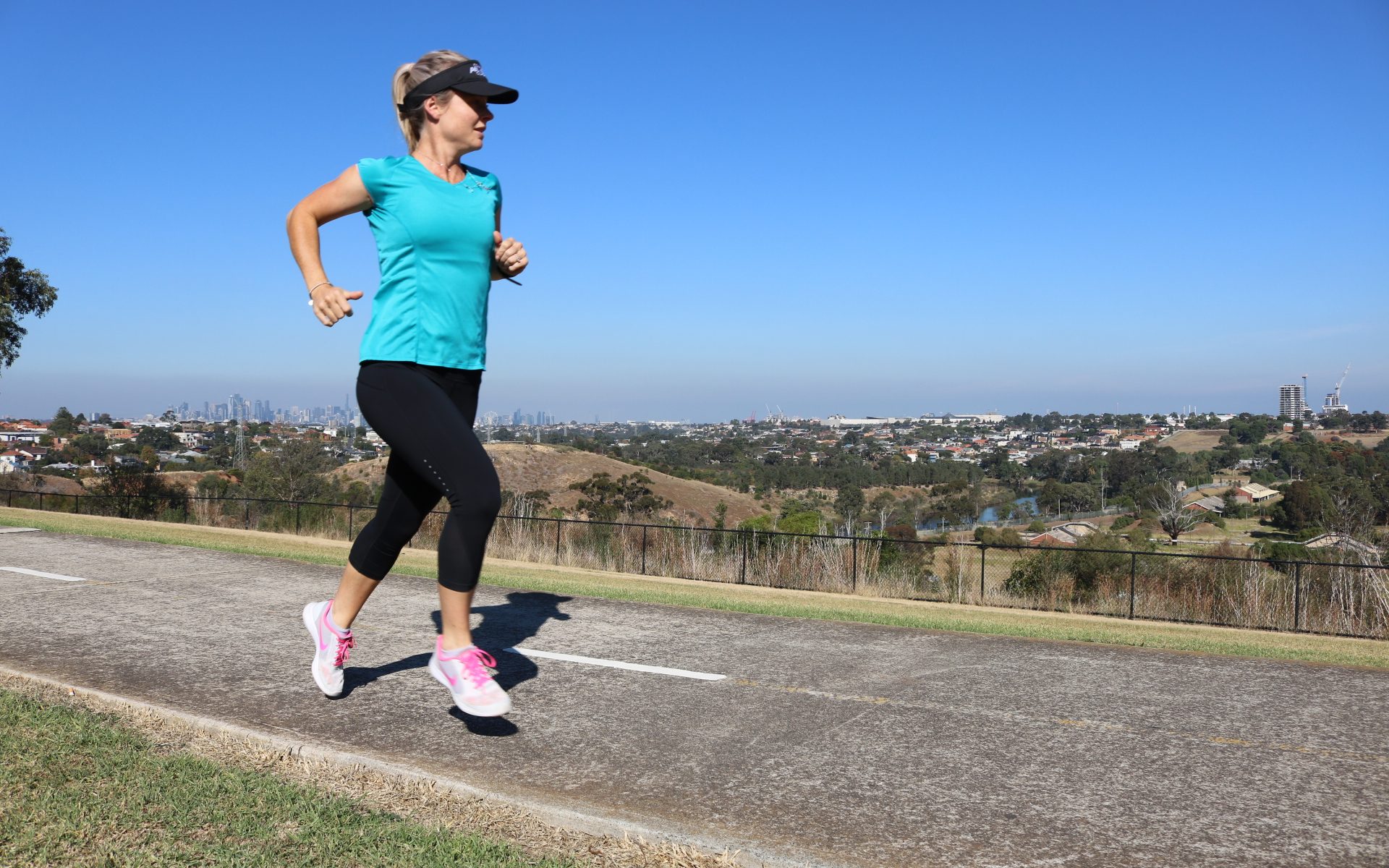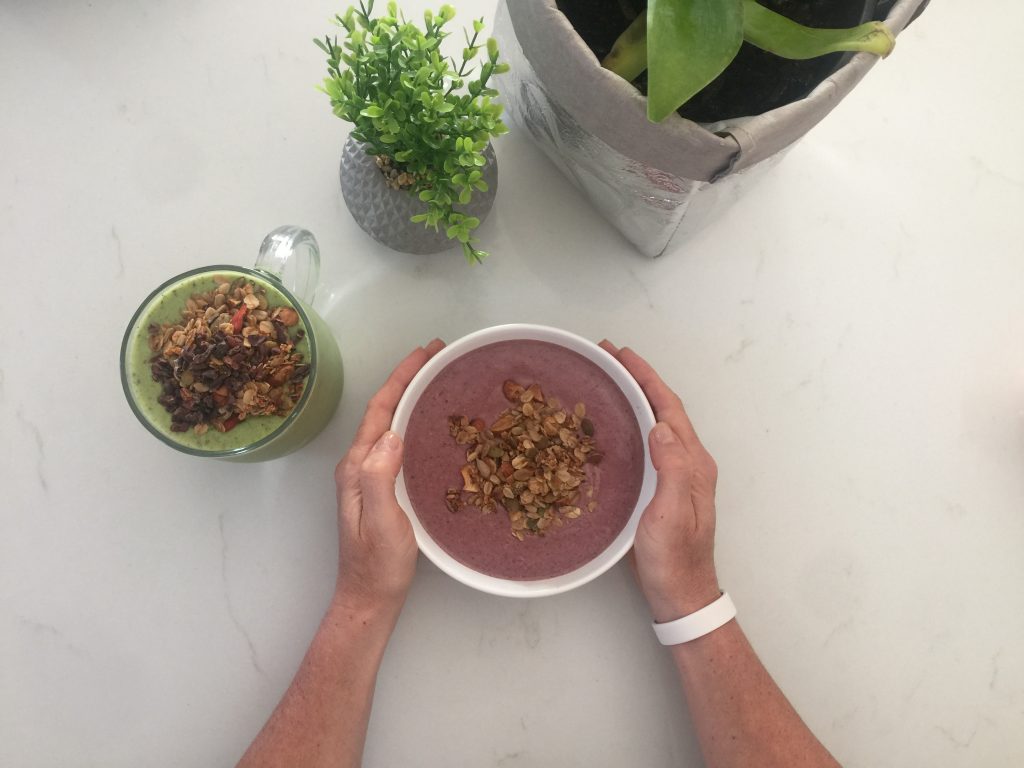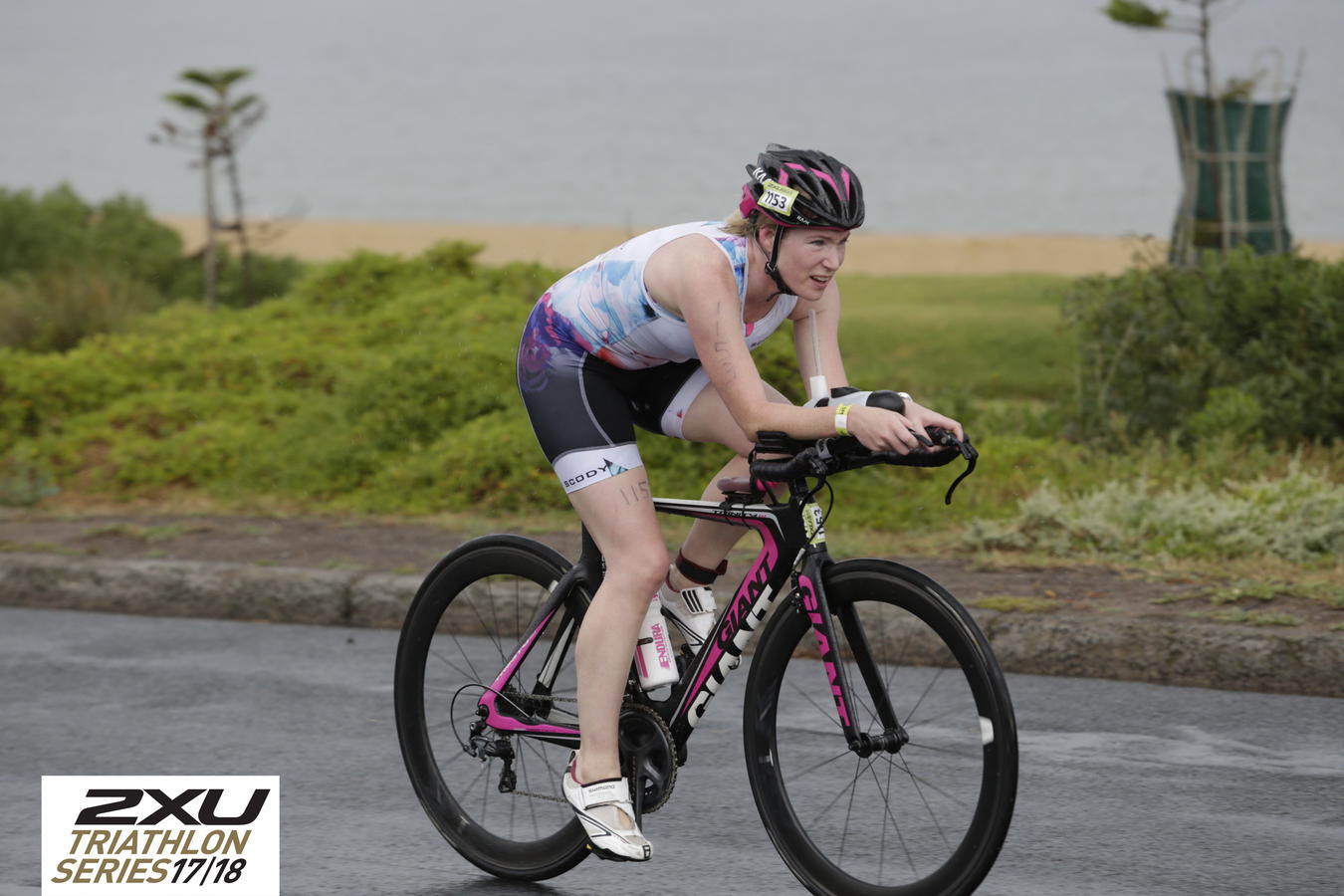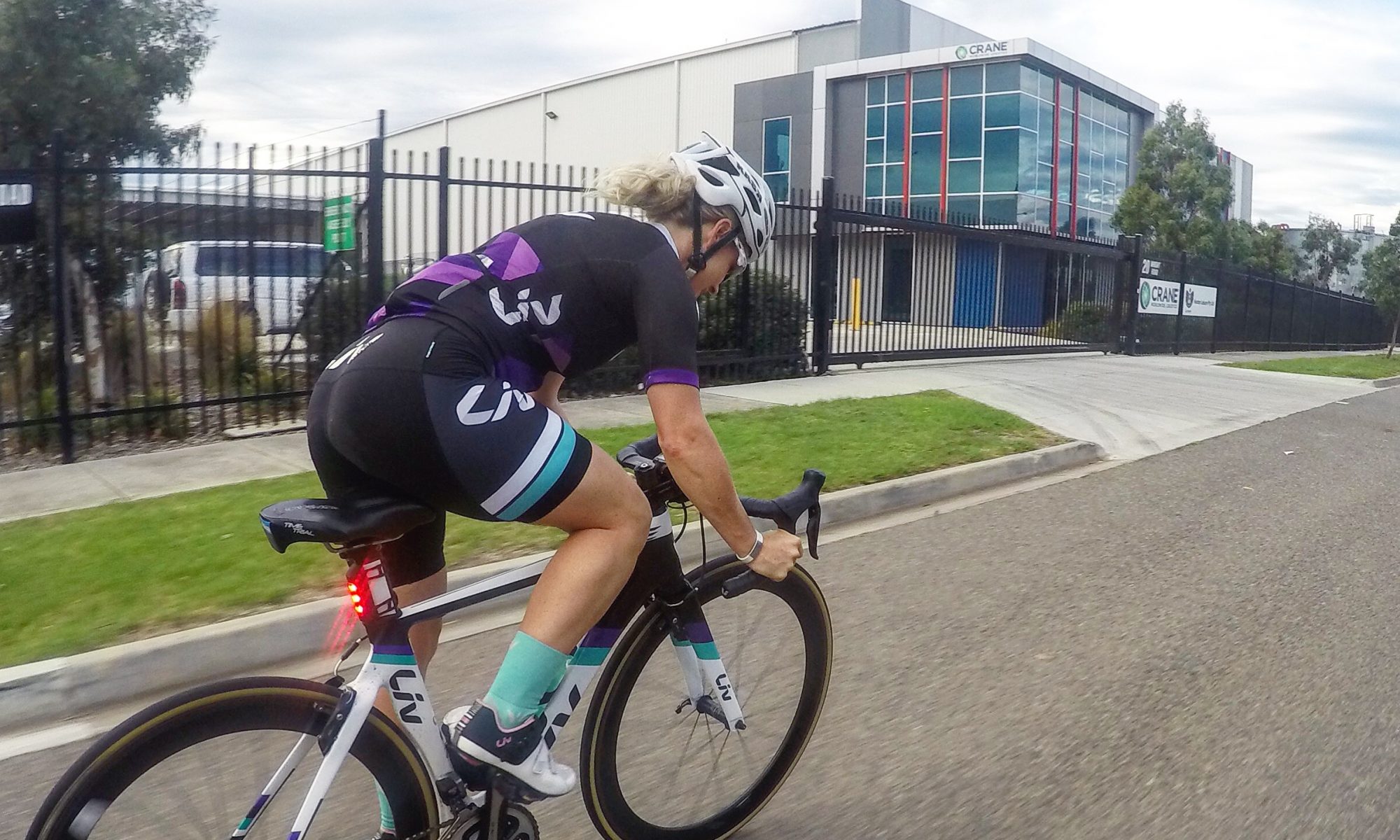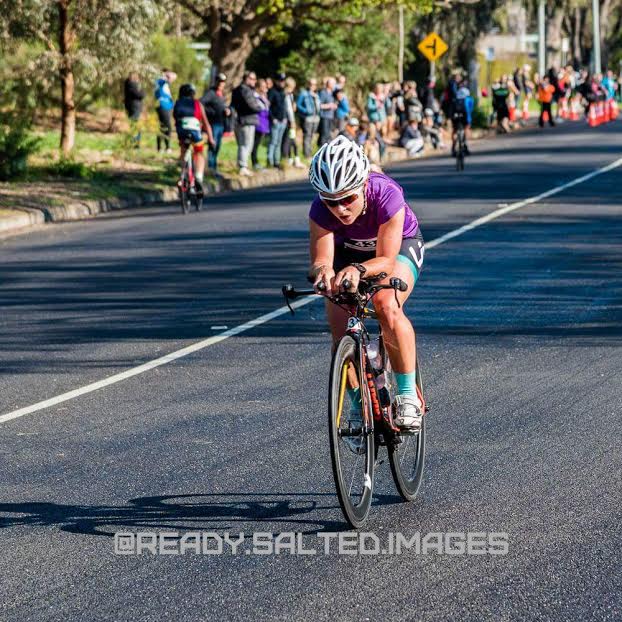You have been racing for a few years now. You are generally pretty consistent with your training. You attend group training sessions with your local Club, you enjoy training and love racing. You are self-motivated, dedicated and competitive. You feel like you are doing everything right to achieve the results you are chasing, but for some reason you still find yourself just falling short. You keep finding yourself ‘middle of the pack’ when you want to be ‘front of the pack’. You train hard between each race to move yourself up the ranks, but you still seem to get stuck in the middle. Not last, but not first either. For some reason things just aren’t getting you to where you want to be. You may want to be in the top 10. You may want to podium. Heck you may even want to win! So how to you get from ‘’middle of the pack’ to front of the pack?
I’ll let you in on some secrets – well they aren’t really secrets! Any good Coach should have these all under control, BUT it’s up to the athlete to know these and ensure they are being implemented. So I’ve chosen some of the key areas I believe can help elevate a middle of the pack athlete to a performance athlete.
– Train smarter, not harder.
This means training with purpose. Don’t just train for the sake of training. Ensure each training session has a purpose and you understand why that session is where it is, what you are trying to gain from it and how it fits into your overall training plan. If you don’t know. Ask. If your coach doesn’t know, I’d question whether they are the right Coach for you. A quote I love and use all the time – ‘you should be training the least amount possible to achieve the goals you are after’. So the first step is to ensure every session you perform has a purpose and you follow it. Where many athletes go wrong is when they don’t understand the purpose of a session and find themselves training in the ‘black hole’ or ‘grey zone’ far too often.
Black hole / grey zone training is a session that is either just below or just over your threshold pace/effort/heart rate. It is too slow to develop speed, yet too fast to build your aerobic efficiency. It’s that middle ground where your improvements will start to slow down (or stall completely) and your fatigue starts to build up. You may feel like you are training hard, but you are definitely not training smart. So this is where if you know and understand the purpose of a session, then you will be able to train more efficiently and effectively.
For example, an athlete is told to complete the following speed session:
15min easy aerobic warm up
4 x 20sec strides, 40sec easy
4 x 20sec drills, easy jog back
1-2 min rest/stretch
10 x 60sec all out, 60sec very easy jog, 60sec walk recovery
15min easy aerobic cool down
If this athlete doesn’t take the recovery prescribed – or tries to keep up in recovery with their training buddies and doesn’t recovery properly between sets, their next all out speed set will be compromised and they will start training threshold, or in the ‘black hole’. The PURPOSE of this session was speed, not threshold and definitely not in the black hole. Get the picture? Remember – you are trying to maximise your gains, to result in maximum returns. Train smarter – not harder.
– Follow a program designed specifically for you.
You may have a coach and join in regular group sessions, but are you making the most of your time? Are the sessions designed specifically for you? Group sessions are great if you have a purpose and you are disciplined enough to stick to it, but if you are just attending sessions because you enjoy it, or it gets you to training, then maybe you need to review whether this is helping you achieve your lofty goals. Remember – you are aiming for performance, not just participation.
Following an individually designed program allows you to maximise your training time, which in return maximises your recovery time, PLUS you know the program is designed specifically for you and your needs – not for the needs of a group. Don’t get me wrong, there is a time and a place for group sessions, just not every session. A great way to find the balance between group sessions and ‘getting the job done’ yourself is to look at your strengths and weaknesses. If your weakness is swimming technique and you have access to a great swim coach who will help you with technique, then utilise them. But if you are attending swim sessions and simply trying to ‘keep up’ with the lane, and not able to focus on your technique, then you may be better off swimming on your own some sessions and include some one-on-one technique work with a coach.
– Know your training zones
Again this one comes back to the purpose of a session. If you know your training zones you will be able to train to them. Sessions will generally be prescribed in zones, or perceived efforts that would relate to your training zones. Each zone you train in has a purpose and drives back to your training plan and overall goals. Coaches prescribe sessions at different times of the year to help you develop your maximum aerobic capacity (ie your engine!), and then layer on top strength, endurance, speed and race specific sessions. If you are training outside of the prescribed zones too often, then you are defeating the purpose of the session and the overall plan is totally changed. As a result, you will often see these type of athletes peak too early, not reach their full potential or eventually burn out.
There are a number of ways tests to help determine your training zones:
Threshold tests – bike and run
Times Trials – swim, bike and run
Critical Swim Speed Test
Functional Power Test – bike
Racing – Short races can also be used for updating / determining your training zones, 5/10km run races and sprint/olympic distance racing are great distances to do this.
Ie: an athlete with a run threshold of 175bpm may have training zones that look like the following:
Zone 1: Recovery <138bpm
Zone 2: Aerobic 139-150
Zone 3: Tempo 151-169
Zone 4: Threshold 170-175
Zone 5: Anaerobic 180+
I utilise Training Peaks to calculate threshold zones using the Joe Freil method, however if you don’t have Training peaks, you can use the following formula (this is run specific):
Zone 1: Recovery – Less than 85% of LTHR
Zone 2: Aerobic – 85% to 89% of LTHR
Zone 3: Tempo – 90% to 94% of LTHR
Zone 4: Threshold – 100% to 102% of LTHR
Zone 5: Anaerobic – More than 106% of LTHR
LTHR = lactate threshold
Once you know your training zones, you will be able to implement this into your training and train specifically to a sessions purpose. They will keep you more accountable and the results will follow.
Example threshold run set programmed to zones.
15min easy / zone 2
(4 x)
3min Zone 4 / threshold,
2min Zone3 / tempo,
2min Zone 4 / threshold,
1min Zone2 / aerobic
10-15min easy / zone 2

– Prioritise your recovery for adaption
Recovery is the corner stone to your improvements, yet so many still don’t prioritise this part of their training. Your fitness improves as a result of adaption, adaption occurs when you recover or de-load your intensity and/or volume.
Implementing recovery protocols should be a standard in every training program and can include:
- Legs up the wall post training for 5-10min to help reduce cortisol
- Periodised programs that factor in recovery periods (ie 3week build, 1 week recovery)
- ‘Recovery’ days/weeks can be a reduction in intensity, volume or a combination of the two.
- Structured cool down after every session
- Inclusion of easy/recovery sessions such as yoga, walking, pilates
- Cold water immersion / icing.
– Review your nutrition
What you put in your mouth can play a big part in how you feel, how you recover and how you perform. As a Coach, I hear far too often athletes saying ‘I train so I can eat what I like’. It is these athletes that generally also have the mentality of more training is better. As much as this is ok if performance or your health isn’t your main priority, but if you want to become a better athlete and perform to your optimum, then it’s time to start fuelling your body accordingly. Your body will only function as well as the food/nutrition you fuel it with. Nutrition can be a big minefield, so if you are unsure of where to start in fuelling for performance and your individual nutritional requirements, I recommend seeing a Sports Nutritionist or Naturopath who can formulate a plan specific for you. One of the best investments you will make in building your performance and longevity in the sport.
– Include Strength & conditioning
Want some Big Bang for your buck? Strength & Conditioning may be your answer. Strength and conditioning helps develop strength and power which equates to speed. Just 30min 2-3 times a week can help improve your weakness and develop your strengths. Plus you will be less prone to injury. So if you don’t include any S&C in your training, it’s time to chat to your coach, or a qualified Strength & conditioning coach who can design a program specifically for you.
-Include Mobility, stability and activation
Most athletes wake up in the morning, throw on their training gear and run out the door just in time to make their session. If you think about this process, you have just been asleep for 6+hours and all of a sudden you are asking your body to perform when it is still half asleep! The same goes if you have been sitting at a desk all day for 8+hours. You need to prepare your body for each training session before you actually start the session. 5-10min of simple but effective mobility / stability exercises can help switch on the muscles you want firing and help you feel a lot better from the very first stroke, pedal or step of your training session. Don’t believe me? Watch any professional athlete ‘warm up’ for the start of their session. They will spend a good 30min doing mobility, stability and activation work!
– Work on your weaknesses
You’ve probably heard it many times before, but are you just listening? Or are you doing? It’s easy to get caught in the trap of training more of the things you love (and are good at!), Yes you want to maximise your strengths, but if you want to improve up the ranks, it’s time you start focusing on your weaknesses. A well formulated plan can help build your weaknesses while maintaining your strengths. Focusing on weaknesses could mean spending more time on technique, it could be developing strength/power, it could be working on your mental aptitude. Whatever your weakness, understand it, find out how to address it and work on it.
And remember:
There are no short cuts to performance. Nothing will beat patience and hard work. As long as your hard work is smart work. So train with purpose, have long and short term goals in place, have a team around you who is willing and able to support you and you will be well on your way to moving to the front of the pack!
Coach Sarah
Written by Coach Sarah, as previously published in the Australian Triathlete Magazine
~ ~ ~ ~~ ~ ~ ~~ ~ ~ ~
Sarah is the Director & Head Coach at Complete Per4mance Coaching. Born out of the desire and passion to not just coach but to educate athletes, Sarah shares her 10 years of coaching and racing experience, knowledge and education with athletes of all levels to help them achieve their optimal performance while maintaining a balanced, happy and healthy life.
Contact Sarah to discuss training options for you.





